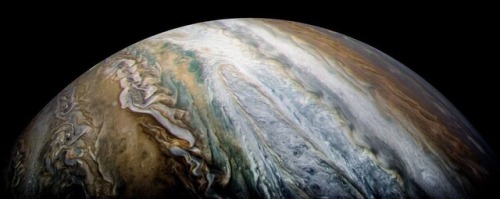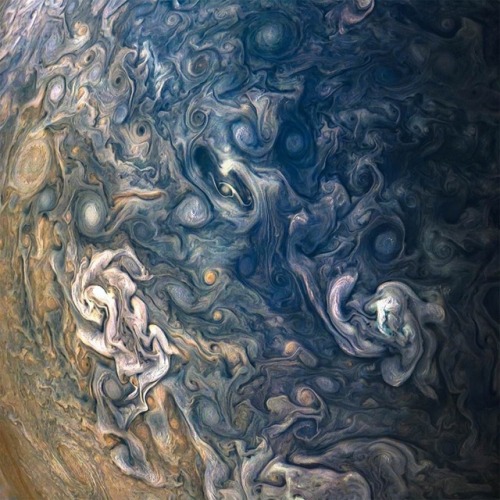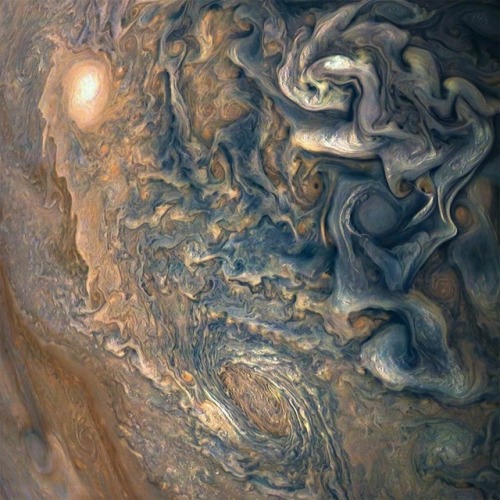Photos Of Sakurajima, The Most Active Volcano In Japan, By Takehito Miyatake And Martin Rietze. Volcanic
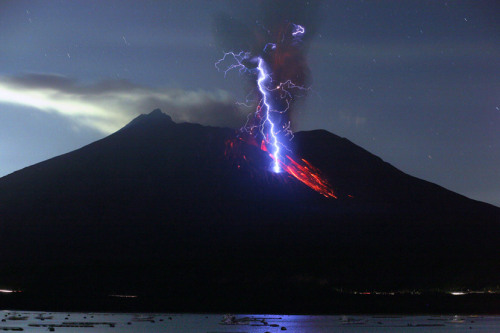
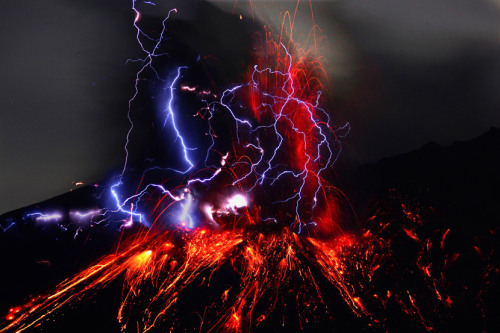
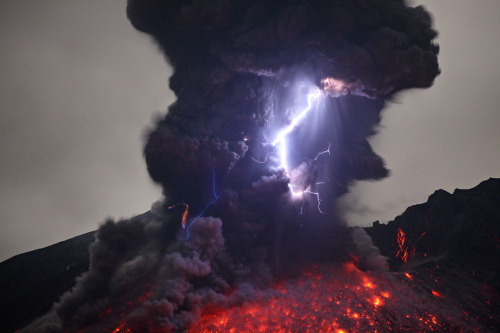
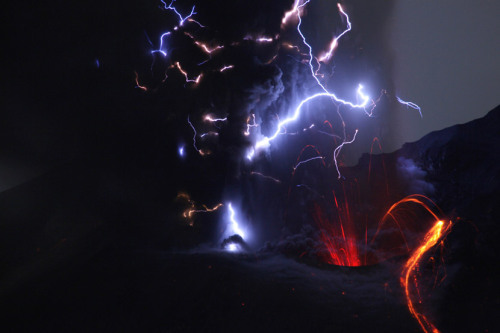
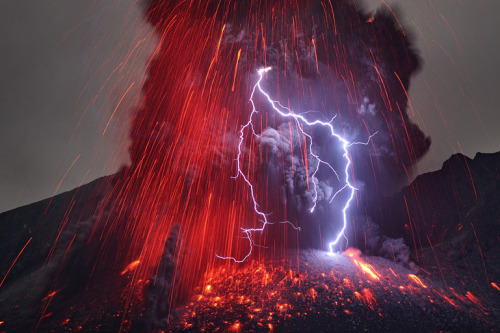
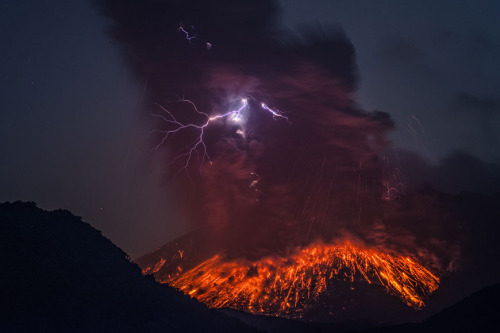
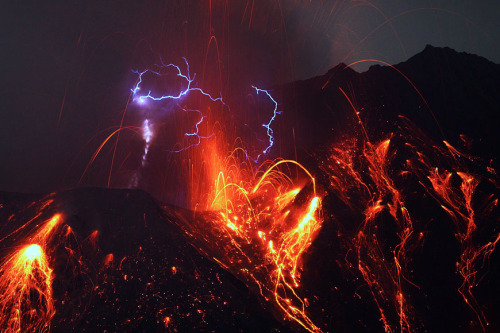
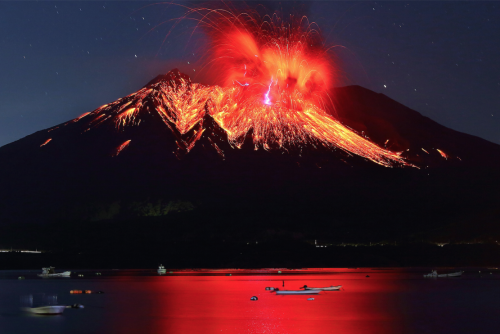
photos of sakurajima, the most active volcano in japan, by takehito miyatake and martin rietze. volcanic storms can rival the intensity of massive supercell thunderstorms, but the source of the charge responsible for this phenomenon remains hotly debated.
in the kind of storm clouds that generate conventional lightning, ice particles and soft hail collide, building up positive and negative charges, respectively. they separate into layers, and the charge builds up until the electric field is high enough to trigger lightning.
but the specific mechanism by which particles of differing charges are separated in the ash cloud is still unknown. lightning has been observed between the eruption plume and the volcano right at the start of an eruption, suggesting that there are processes that occur inside the volcano to lead to charge separation.
volcanic lightning could yield clues about the earth’s geological past, and could answer questions about the beginning of life on our planet. volcanic lightning could have been the essential spark that converted water, hydrogen, ammonia, and methane molecules present on a primeval earth into amino acids, the building blocks of life.
More Posts from Science-is-magical and Others
Ok, so I don’t know how I ended up here and woah!
they made

characters

for

every

single

element

of the

periodic

table!

And also they made this

and this

*new ship*
There’s even a granny!

It’s like

superheros

(there’s a guy who looks like Hulk btw)

and humans

and there are

twins!!

And Bethoveen

THEY MADE THOR

And there’s also this which made me laugh

I can’t!

(source)
Newly discovered windows of brain plasticity may help with treatment of stress-related disorders
Chronic stress can lead to changes in neural circuitry that leave the brain trapped in states of anxiety and depression. But even under repeated stress, brief opportunities for recovery can open up, according to new research at The Rockefeller University.

(Image caption: Routine versus disruptive: A familiar stressor (left) did not increase NMDA receptors (dark spots), a booster of potentially harmful glutamate signaling, in the brains of mice. However, when subjected to an unfamiliar stress (right), mice expressed more NMDA receptors)
“Even after a long period of chronic stress, the brain retains the ability to change and adapt. In experiments with mice, we discovered the mechanism that alters expression of key glutamate-controlling genes to make windows of stress-related neuroplasticity—and potential recovery—possible,” says senior author Bruce McEwen, Alfred E. Mirsky Professor, and head of the Harold and Margaret Milliken Hatch Laboratory of Neuroendocrinology. Glutamate is a chemical signal implicated in stress-related disorders, including depression.
“This sensitive window could provide an opportunity for treatment, when the brain is most responsive to efforts to restore neural circuitry in the affected areas,” he adds.
The team, including McEwen and first author Carla Nasca, wanted to know how a history of stress could alter the brain’s response to further stress. To find out, they accustomed mice to a daily experience they dislike, confinement in a small space for a short period. On the 22nd day, they introduced some of those mice to a new stressor; others received the now-familiar confinement.
Then, the researchers tested both groups for anxiety- or depression-like behaviors. A telling split emerged: Mice tested shortly after the receiving the familiar stressor showed fewer of those behaviors; meanwhile those given the unfamiliar stressor, displayed more. The difference was transitory, however; by 24 hours after the final stressor, the behavioral improvements seen in half of the mice had disappeared.
Molecular analyses revealed a parallel fluctuation in a part of the hippocampus, a brain region involved in the stress response. A key molecule, mGlu2, which tamps down the release of the neurotransmitter glutamate, increased temporarily in mice subjected to the familiar confinement stress. Meanwhile, a molecular glutamate booster, NMDA, increased in other mice that experienced the unfamiliar stressor. In stress-related disorders, excessive glutamate causes harmful structural changes in the brain.
The researchers also identified the molecule regulating the regulator, an enzyme called P300. By adding chemical groups to proteins known as histones, which give support and structure to DNA, P300 increases expression of mGlu2, they found.
In other experiments, they looked at mice genetically engineered to carry a genetic variant associated with development of depression and other stress-related disorders in humans, and present in 33 percent of the population.
“Here again, in experiments relevant to humans, we saw the same window of plasticity, with the same up-then-down fluctuations in mGlu2 and P300 in the hippocampus,” Nasca says. “This result suggests we can take advantage of these windows of plasticity through treatments, including the next generation of drugs, such as acetyl carnitine, that target mGlu2—not to ‘roll back the clock’ but rather to change the trajectory of such brain plasticity toward more positive directions.”

Babies don’t just look cute, scientists find
What is it about the sight of an infant that makes almost everyone crack a smile? Big eyes, chubby cheeks, and a button nose? An infectious laugh, soft skin, and a captivating smell? While we have long known that babies look cute, Oxford University researchers have found that cuteness is designed to appeal to all our senses.
They explain that all these characteristics contribute to ‘cuteness’ and trigger our caregiving behaviours, which is vital because infants need our constant attention to survive and thrive. The study is published in the journal Trends in Cognitive Sciences.
Morten Kringelbach, who together with Eloise Stark, Catherine Alexander, Professor Marc Bornstein and Professor Alan Stein, led the work in the Department of Psychiatry at the University of Oxford, said: ‘Infants attract us through all our senses, which helps make cuteness one of the most basic and powerful forces shaping our behaviour.’
Reviewing the emerging literature on how cute infants and animals affect the brain, the Oxford University team found that cuteness supports key parental capacities by igniting fast privileged neural activity followed by slower processing in large brain networks also involved in play, empathy, and perhaps even higher-order moral emotions.
The data shows that definitions of cuteness should not be limited just to visual features but include positive infant sounds and smells. From an evolutionary standpoint, cuteness is a very potent protective mechanism that ensures survival for otherwise completely dependent infants.
Professor Kringelbach said: ‘This is the first evidence of its kind to show that cuteness helps infants to survive by eliciting caregiving, which cannot be reduced to simple, instinctual behaviours. Instead, caregiving involves a complex choreography of slow, careful, deliberate, and long-lasting prosocial behaviours, which ignite fundamental brain pleasure systems that are also engaged when eating food or listening to music, and always involve pleasant experiences.’
The study shows that cuteness affects both men and women, even those without children.
‘This might be a fundamental response present in everyone, regardless of parental status or gender, and we are currently conducting the first long-term study of what happens to brain responses when we become parents.’ said Kringelbach.
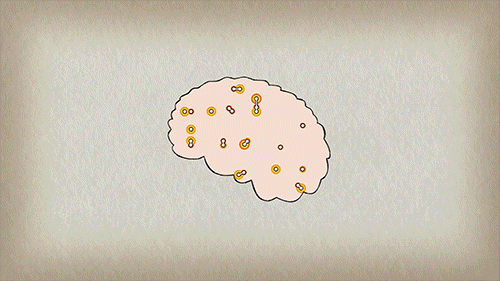
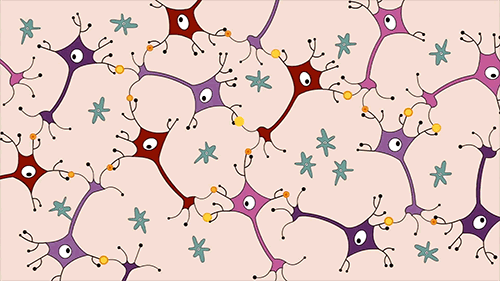
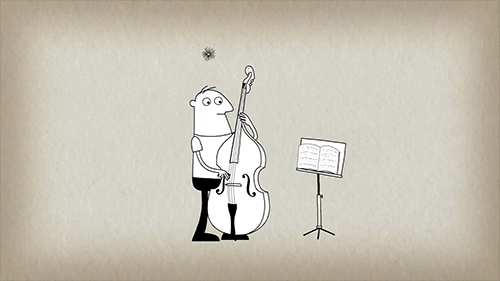
How playing an instrument benefits your brain
Recent research about the mental benefits of playing music has many applications, such as music therapy for people with emotional problems, or helping to treat the symptoms of stroke survivors and Alzheimer’s patients. But it is perhaps even more significant in how much it advances our understanding of mental function, revealing the inner rhythms and complex interplay that make up the amazing orchestra of our brain.
Did you know that every time musicians pick up their instruments, there are fireworks going off all over their brain? On the outside they may look calm and focused, reading the music and making the precise and practiced movements required. But inside their brains, there’s a party going on.
From the TED-Ed lesson How playing an instrument benefits your brain - Anita Collins
Animation by Sharon Colman Graham
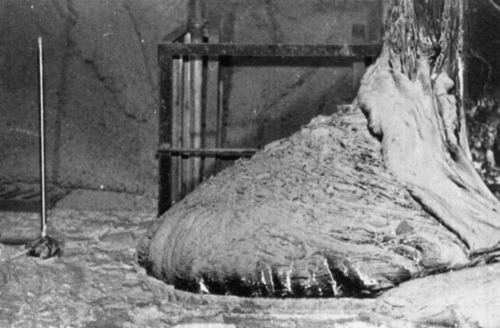
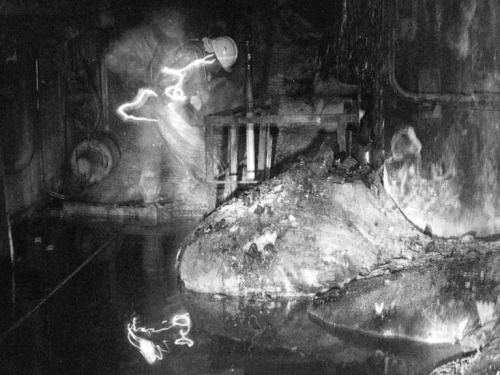
One of the most dangerous pictures ever taken - Elephant’s Foot, Chernobyl. This is a photo of a now dead man next the ‘Elephant’ Foot’ at the Chernobyl power plant.
The image distortions in the photo are created by intense level of radiation almost beyond comprehension. There is no way the person in this photo and the person photographing him could have survived for any more that a few years after being there, even if they quickly ran in, took the photos and ran out again. This photo would be impossible to take today as the rates of radioactive decay are even more extreme now due to a failed military experiment to bomb the reactor core with neuron absorbers. The foot is made up of a small percentage of uranium with the bulk mostly melted sand, concrete and other materials which the molten corium turns into a kind of lava flow. In recent years, it has destroyed a robot which tried to approach it, and the last photos were taken via a mirror mounted to a pole held at the other end of the corridor for a few seconds. It is almost certainly the most dangerous and unstable creation made by humans. These are the effects of exposure: 30 seconds of exposure - dizziness and fatigue a week later 2 minutes of exposure - cells begin to hemorrhage (ruptured blood vessels) 4 minutes - vomiting, diarrhea, and fever 300 seconds - two days to live
It always creeps me out...
…that no matter
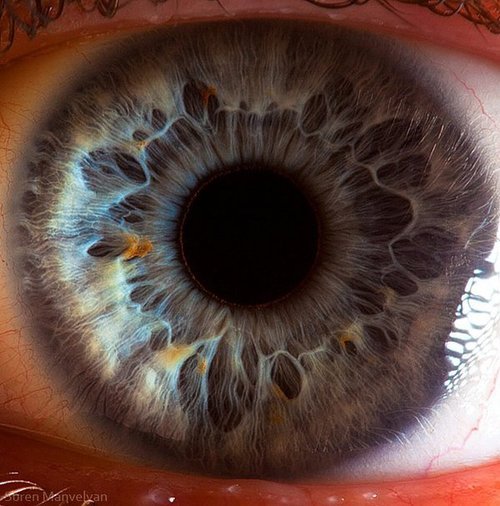
how close

you get
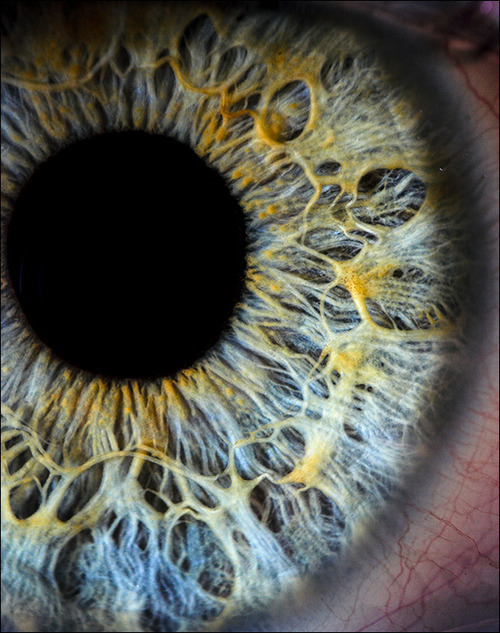
the pupil
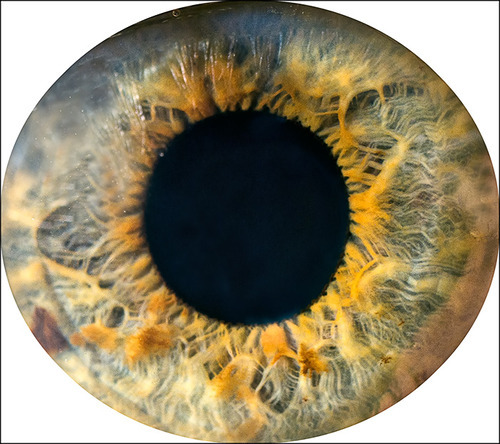
seems to
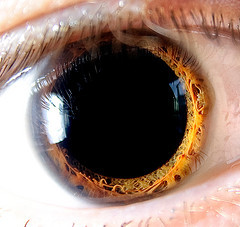
devour light
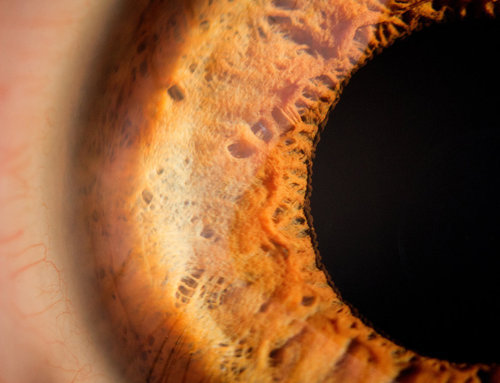
like a black hole
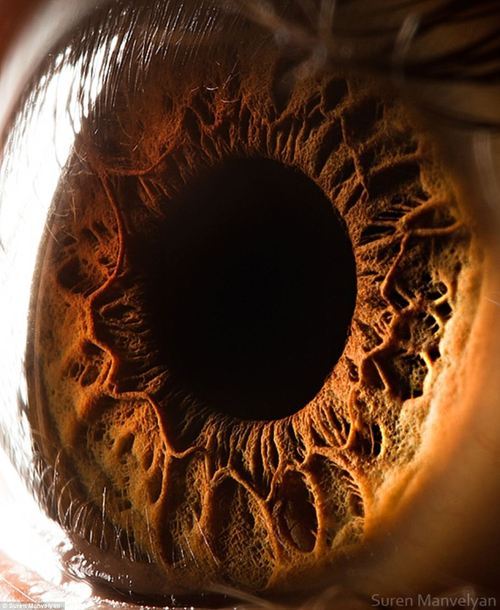
it reflects no light

i’m proud of them







Better late than never!
Here’s a comic about Cosmic Strings!
https://www.space.com/9315-cracks-universe-physicists-search-cosmic-strings.html
https://www.sciencedaily.com/releases/2008/01/080120182315.htm
-
 cernunnos1990 liked this · 3 weeks ago
cernunnos1990 liked this · 3 weeks ago -
 sleepybeardedbimbo reblogged this · 3 weeks ago
sleepybeardedbimbo reblogged this · 3 weeks ago -
 lexdura liked this · 4 weeks ago
lexdura liked this · 4 weeks ago -
 galacticputo reblogged this · 4 weeks ago
galacticputo reblogged this · 4 weeks ago -
 jlwcr liked this · 1 month ago
jlwcr liked this · 1 month ago -
 boneskull9000 liked this · 1 month ago
boneskull9000 liked this · 1 month ago -
 lifebringertheta liked this · 2 months ago
lifebringertheta liked this · 2 months ago -
 radioactivecrush reblogged this · 2 months ago
radioactivecrush reblogged this · 2 months ago -
 digitaloves reblogged this · 2 months ago
digitaloves reblogged this · 2 months ago -
 lithicvein reblogged this · 2 months ago
lithicvein reblogged this · 2 months ago -
 radioactivecrush liked this · 3 months ago
radioactivecrush liked this · 3 months ago -
 skaiandestiny reblogged this · 3 months ago
skaiandestiny reblogged this · 3 months ago -
 k25ff liked this · 3 months ago
k25ff liked this · 3 months ago -
 professorlizzard reblogged this · 3 months ago
professorlizzard reblogged this · 3 months ago -
 professorlizzard liked this · 3 months ago
professorlizzard liked this · 3 months ago -
 thewrongexecution reblogged this · 4 months ago
thewrongexecution reblogged this · 4 months ago -
 thewrongexecution liked this · 4 months ago
thewrongexecution liked this · 4 months ago -
 genericanomaly liked this · 4 months ago
genericanomaly liked this · 4 months ago -
 divideimpera liked this · 4 months ago
divideimpera liked this · 4 months ago -
 chaosvox liked this · 4 months ago
chaosvox liked this · 4 months ago -
 etacarinae-a liked this · 4 months ago
etacarinae-a liked this · 4 months ago -
 cloudstrifefan7 reblogged this · 4 months ago
cloudstrifefan7 reblogged this · 4 months ago -
 cloudstrifefan7 liked this · 4 months ago
cloudstrifefan7 liked this · 4 months ago -
 doolas reblogged this · 4 months ago
doolas reblogged this · 4 months ago -
 doolas liked this · 4 months ago
doolas liked this · 4 months ago -
 a52-i-guess reblogged this · 4 months ago
a52-i-guess reblogged this · 4 months ago -
 a52-i-guess liked this · 4 months ago
a52-i-guess liked this · 4 months ago -
 drac0nequus reblogged this · 4 months ago
drac0nequus reblogged this · 4 months ago -
 lizardqueenlexi reblogged this · 4 months ago
lizardqueenlexi reblogged this · 4 months ago -
 lizardqueenlexi liked this · 4 months ago
lizardqueenlexi liked this · 4 months ago -
 darkmoon-dolt liked this · 4 months ago
darkmoon-dolt liked this · 4 months ago -
 darkmoonhyena reblogged this · 4 months ago
darkmoonhyena reblogged this · 4 months ago -
 approachingapoapsis reblogged this · 4 months ago
approachingapoapsis reblogged this · 4 months ago -
 thatnoulguyorsomething reblogged this · 4 months ago
thatnoulguyorsomething reblogged this · 4 months ago -
 thatnoulguyorsomething liked this · 4 months ago
thatnoulguyorsomething liked this · 4 months ago -
 kirra-qween115 reblogged this · 4 months ago
kirra-qween115 reblogged this · 4 months ago -
 kirra-qween115 liked this · 4 months ago
kirra-qween115 liked this · 4 months ago -
 panther0302 reblogged this · 4 months ago
panther0302 reblogged this · 4 months ago -
 panther0302 liked this · 4 months ago
panther0302 liked this · 4 months ago -
 absqueturpe reblogged this · 4 months ago
absqueturpe reblogged this · 4 months ago -
 theyluvdonnie reblogged this · 4 months ago
theyluvdonnie reblogged this · 4 months ago -
 theeelatenightshambles reblogged this · 4 months ago
theeelatenightshambles reblogged this · 4 months ago -
 mysticpersuasion reblogged this · 4 months ago
mysticpersuasion reblogged this · 4 months ago -
 insanitybtw liked this · 4 months ago
insanitybtw liked this · 4 months ago -
 gemofbyroden-rp reblogged this · 6 months ago
gemofbyroden-rp reblogged this · 6 months ago -
 wickedest-of-roses liked this · 6 months ago
wickedest-of-roses liked this · 6 months ago -
 aizensballsweat liked this · 6 months ago
aizensballsweat liked this · 6 months ago -
 klaushargreeveses reblogged this · 6 months ago
klaushargreeveses reblogged this · 6 months ago -
 anna6bmeg liked this · 7 months ago
anna6bmeg liked this · 7 months ago -
 moremagicparker reblogged this · 7 months ago
moremagicparker reblogged this · 7 months ago


